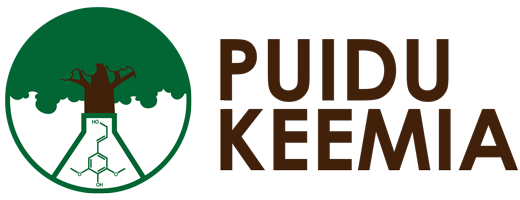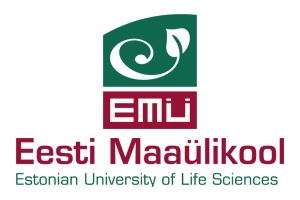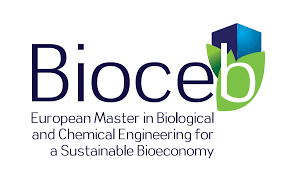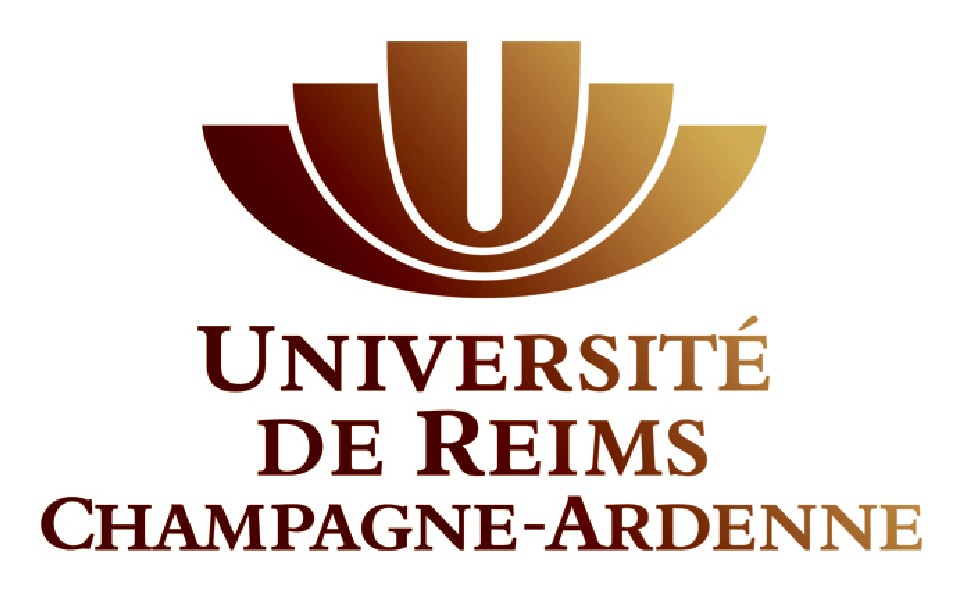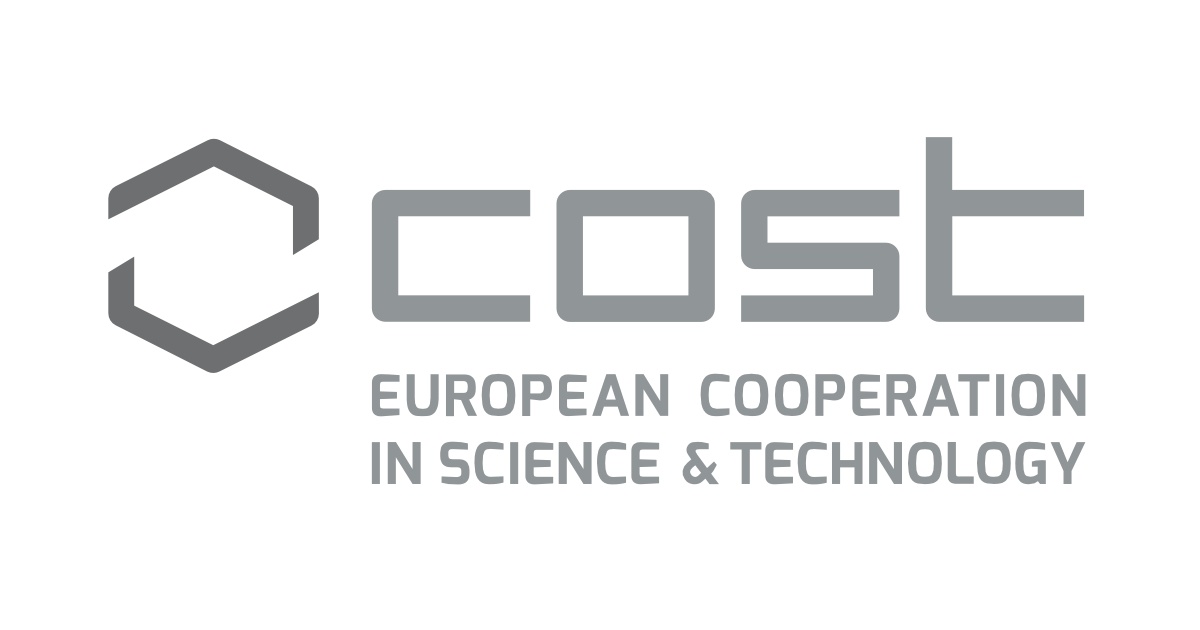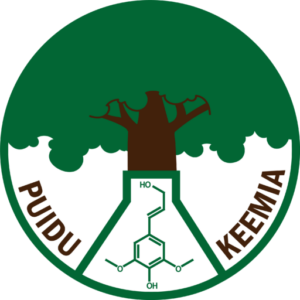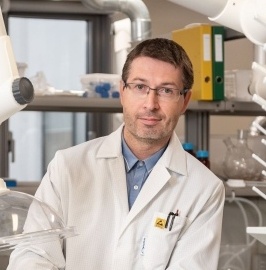
Rando Duvikene
Institution(s) and Institute/Institutes Tallinn University, Institute of Natural and Health Sciences
Head of the research team: Prof. Rando Tuvikene
Members (including doctoral students): Marju Robal, Renu Geetha Bai; PhD students: Kadri Saluri, Musa Howlader, Amal Dharmapriya Premarathna Deliwala Ambegoda Gedara, Sanjida Hymayun.
Key words characterizing the research group's activities: seaweeds, polysaccharides, pigments, plant active substances, marine bacteria, biotechnology, enzyme technology, rheology, molecular structure of biopolymers, functional materials, biological activity, production processes and technologies.
Activity overview
The research group deals with the isolation of biopolymers and low-molecular-weight active substances from marine biomass and the purification, functionalization and clarification of the properties of these substances. The goal is to maximize the use of natural resources and thereby reduce the amount of industrial waste. Novel functional materials and visco-elastic systems are being developed on the basis of components originating from marine biomass. The research group has particularly extensive experience in the field of saccharides (especially galactans, fucans, alginates, chitosans), has been engaged in the valorization of seaweed (red, brown and green algae), mussels, shrimps, sea cucumbers, etc., including applying enzyme technologies and other environmentally friendly procedures.
Total research group funding 2020 (to the nearest 0.1 MEUR): 0.3 MEUR.
Business cooperation partners and topics in the last 5 years
- Est-Agar AS (Estonia, 2021 a strategic cooperation agreement was also signed) – furcellaran production technology developments and quality control of production products.
- SINTEF (Norway) - Novel applications of seaweed-derived components.
- Vetik OÜ (Estonia) - technology developments for the separation and purification of pigment substances originating from algae.
- Furcella OÜ (Estonia) – use of functional biomolecules from algae in cosmetic products.
- Chemi-Pharm AS (Estonia) - the use of saccharides in deodorants.
Key equipment, know-how, protected intellectual property
- Specialized equipment for crushing marine biomass (cooled mills, ball mills, including cryogenic grinding at liquid nitrogen temperature), for pretreatment (including the possibility of high-intensity sonication) and fractional extraction of the components contained in them.
- Dynamic rheometer (geometries: PP, CP, concentric cylinders) - detection of rheological properties of viscoelastic materials/systems (including in temperature gradient), detection of melting and gelation of gels.
- HPLC-RI (SEC) - determination of molecular weights (Mp, Mw, Mn, Mz) and polydispersity of polysaccharides, quantification of polysaccharides.
- HPLC-PDA (SEC) - quantification of active substances, determination of molecular weights of proteins.
- HPLC-FL (fluorescence detector) - quantification of pigments.
- HPLC-PAD (electrochemical detector in pulse amperometry mode) - quantification of low molecular saccharides in pM concentration zones, quantification of oligosaccharides, detection of the monomer composition of polysaccharides after hydrolysis.
- HPLC-ELSD - Quantification of biopolymers.
- GC-MS/FID - Determination of Monomer Composition of Polysaccharides.
- Automated ultrafiltration system (sensors: pH, conductivity, UV absorbance, flow rates, pressures, retentate and ultrafiltrate masses) - large-scale fractionation and purification of extracts.
- FT-IR/FT-Raman (1064 nm laser) - characterization of raw materials, biosamples and industrial products, quality control, determination of the degree of acetylation of chitin and chitosan.
- Nephelometry, Peltier thermostated spectrophotometry - evaluation of the turbidity of beverages, detection of clarification efficiency of preparations, optical phenomena accompanying phase transitions in gel-salt systems.
- Evaluation of bioeffects on eukaryotic cell cultures, enzymatic and chemical modification of polysaccharides, detection of tyrosinase inhibition (skin bleaching properties), evaluation of anticoagulant activity (aPTT, TT), antioxidant activity, antibacterial activity.
The device models are visible at: https://www.tlu.ee/lti/teaduslaborid/lti-molekulaarteaduste-labori-oluline-teadusaparatuur
Services offered
- Extraction of biomolecules from biomass.
- Functionalization of biopolymers.
- Comprehensive characterization of polysaccharides.
Desires for cooperation with Estonian companies
- Valorization of marine biomass, including development of necessary technological solutions.
- Topics related to the isolation, purification, functionalization and properties of polysaccharides.
- Development of functional viscoelastic systems based on polysaccharides.
